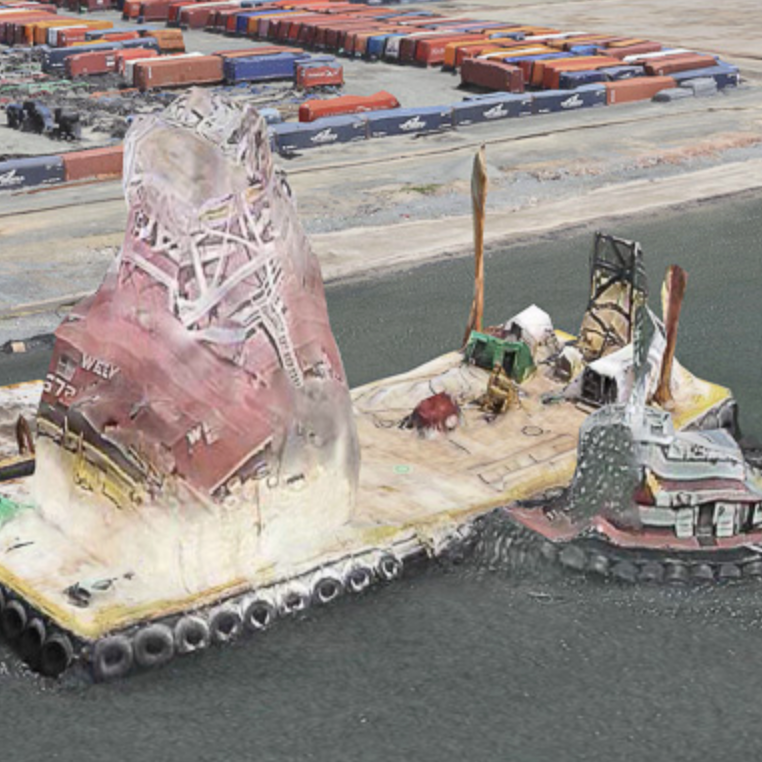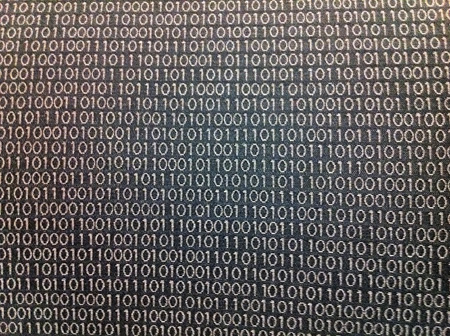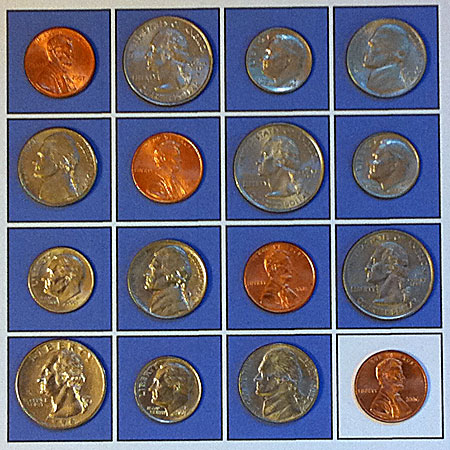Beach Reading
by Brian Hayes
Published 3 August 2006
A few years ago Michael Berry revealed that his first choice in reading matter, if he were stranded on a desert island, would be Abramowitz and Stegun, also known as Handbook of Mathematical Functions with Formulas, Graphs, and Mathematical Tables, published by the National Bureau of Standards in 1964. For those of you seeking lighter fare for the beach this summer, I can recommend an article about Abramowitz and Stegun, written by David Alan Grier and appearing in the new issue of The American Mathematical Monthly. The article runs to 12 pages, making it considerably easier to fit in your tote bag than the xiv+1046 pages of the original.
Although I’ve had occasion to consult Abramowitz and Stegun from time to time, I have to admit that it never occurred to me to ask who Abramowitz and Stegun are or were, or how they came to compile their collection of formulas, graphs and tables. Yet it’s a fascinating story—a real page-turner! I don’t want to give it all away, so I’ll offer just a few teasers:
- Grier dispatches one of the two protagonists in the very first paragraph. Milton Abramowitz helped frame the project, but: “His role ended on a hot summer’s day in 1958, when he unwisely decided to mow the lawn of his home in suburban Washington. Succumbing to the heat, he collapsed and died, leaving Stegun as the sole editor.”
- Stegun is Irene Stegun (still living), who was “desperate for permanent employment” in 1943 and took a job with the Mathematical Tables Project, which was eventually absorbed into the National Bureau of Standards.
- The Mathematical Tables Project was launched in 1937 under the Works Progress Administration, the New Deal unemployment-relief agency. It created jobs for 450 “computers” in New York City. “All of the project’s computers were drawn from the city’s welfare rolls and were desperately poor. Most had been unemployed for at least a year. Only a few had attended high school.”
- Abramowitz and Stegun were not among the 450 computers but were mathematicians on the project’s Planning Committee. Yet even the members of this elite, according to Grier, “came from the margins of the mathematical community, from the ranks of people who lacked doctorates, or who were unemployed, or who were not fully considered scientists.”
Here are the bibliographic details for the Grier article: “Irene Stegun, the Handbook of Mathematical Functions, and the Lingering Influence of the New Deal,” by David Alan Grier, The American Mathematical Monthly, Vol. 113, No. 7, August-September 2006, pp. 585-597. It’s not available online. On the other hand, if your beach has WiFi, you can read Abramowitz and Stegun here and here and doubtless elsewhere.
Incidentally, Michael Berry’s second choice for his desert-island library is Gradshteyn and Ryzhik, or Table of Integrals, Series and Products, the Russian equivalent of Abramowitz and Stegun. This is also a book with lore and legend behind it. Specifically, the legend is that one of the authors was shot when an error in a table caused an aircraft or a missile to crash. That’s surely untrue, but I hope someday we’ll learn the real story. Maybe it will be next summer’s beach reading.
Publication history
First publication: 3 August 2006
Converted to Eleventy framework: 22 April 2025



